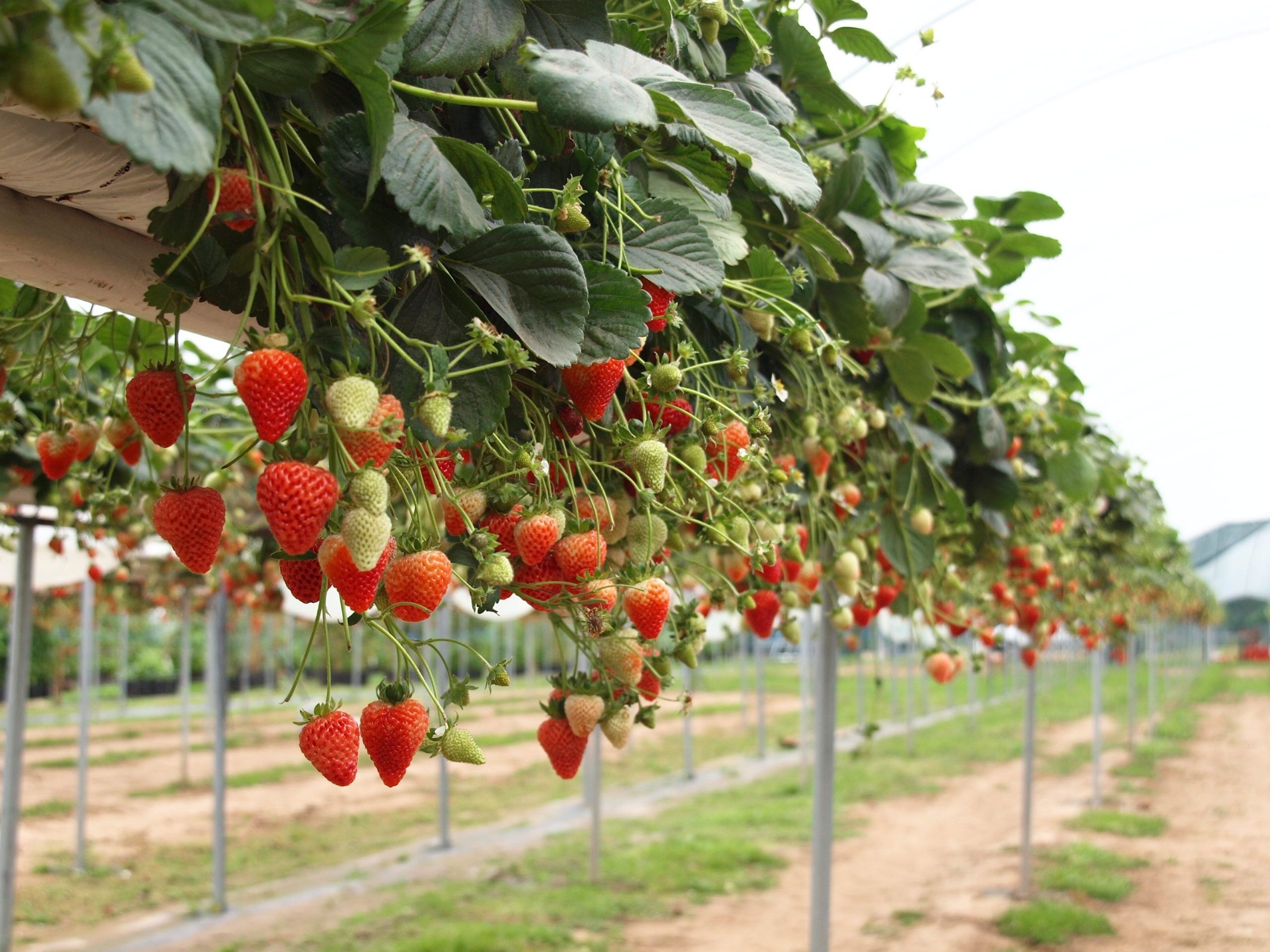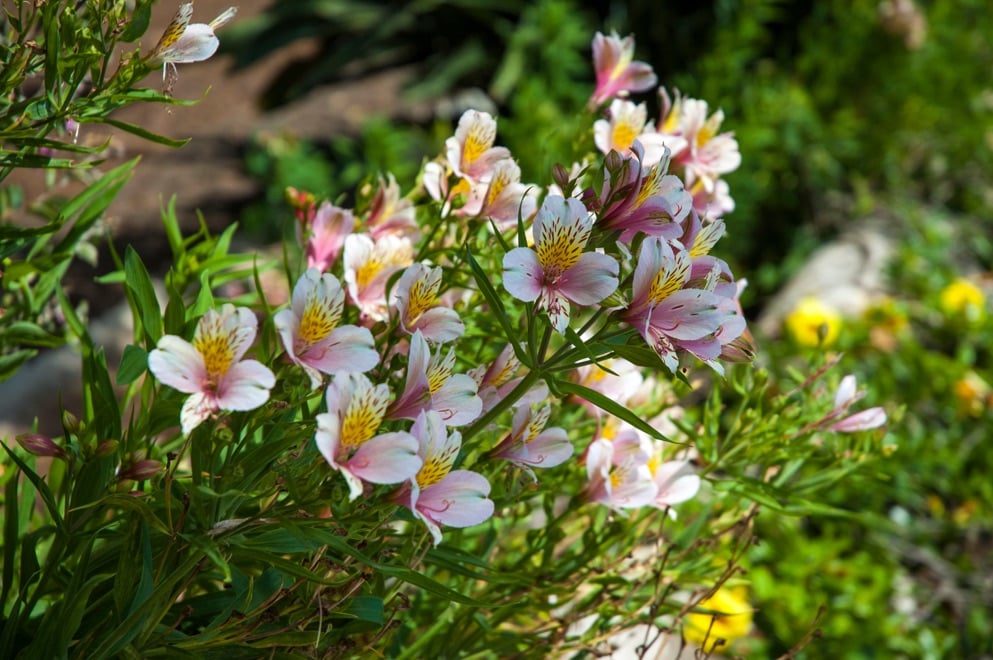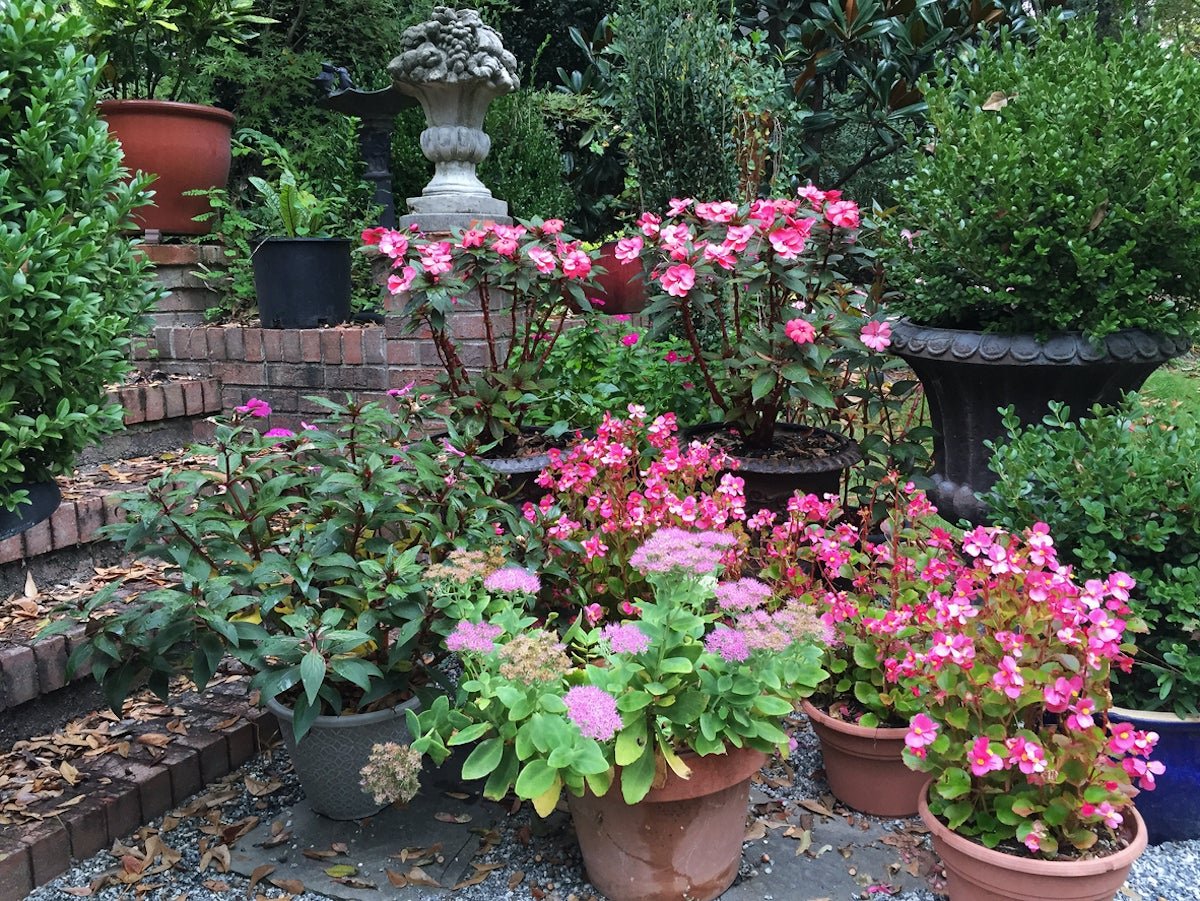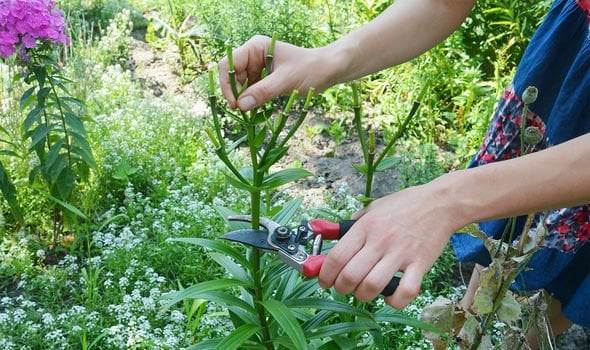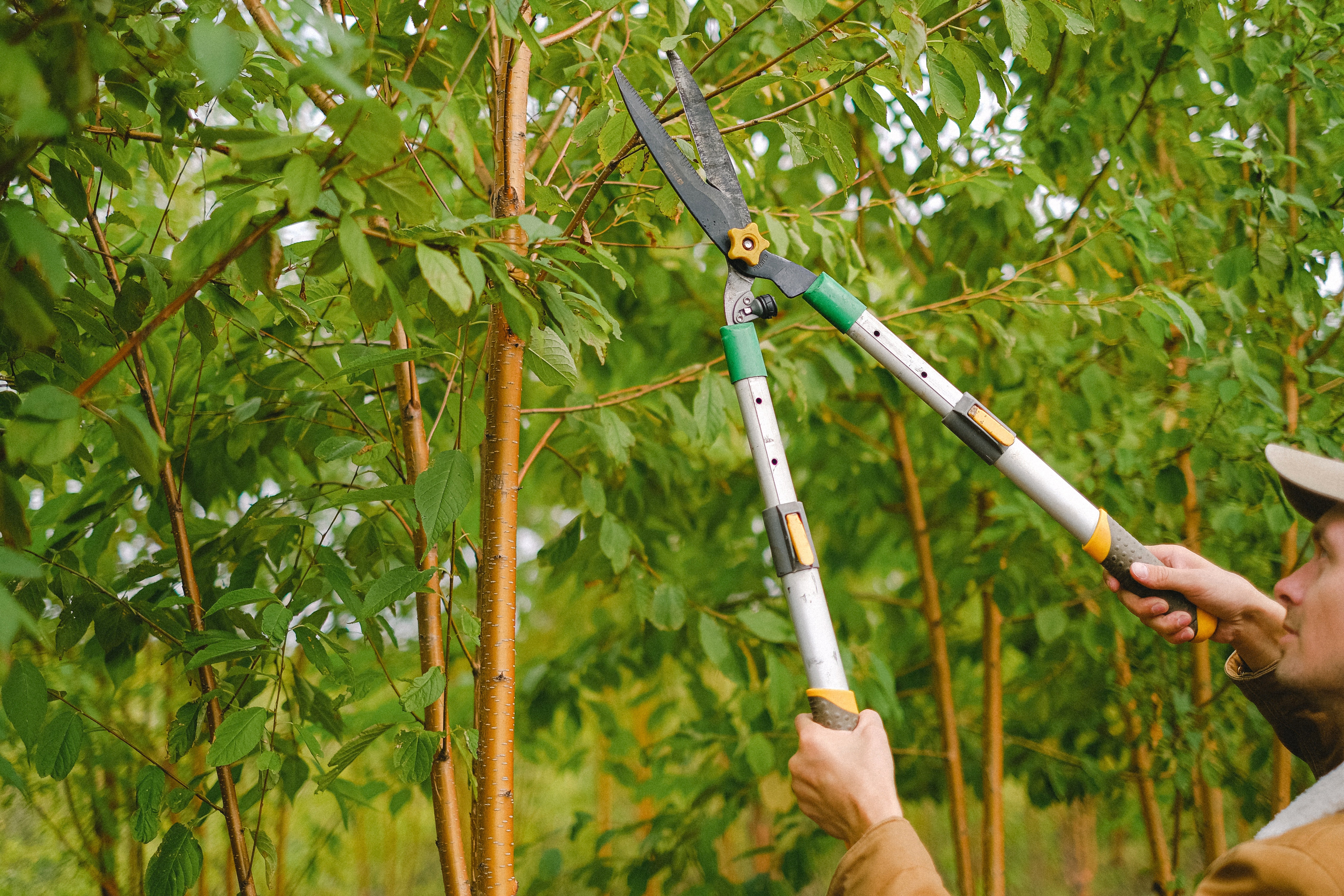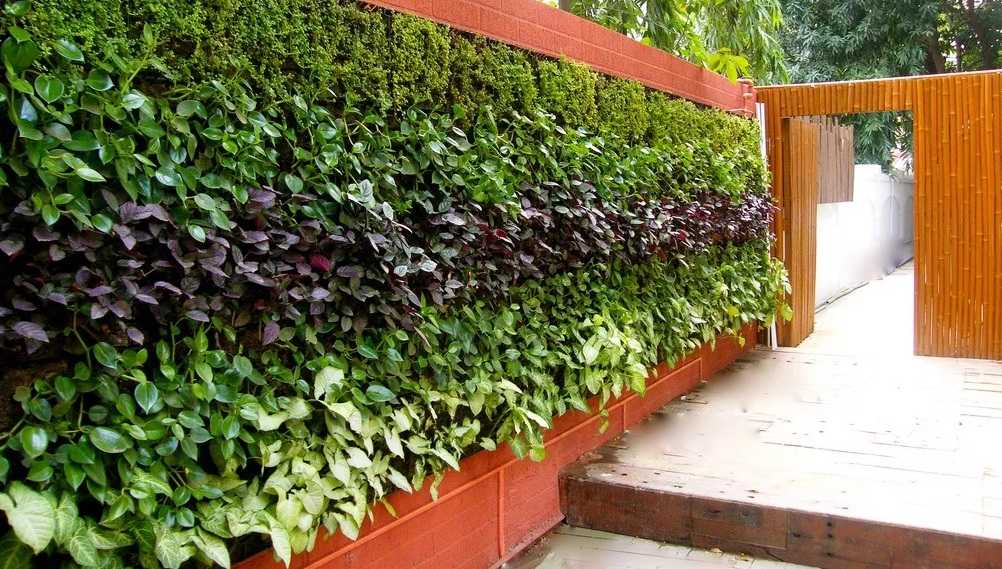Essential Tips for Begonia Care During Winter
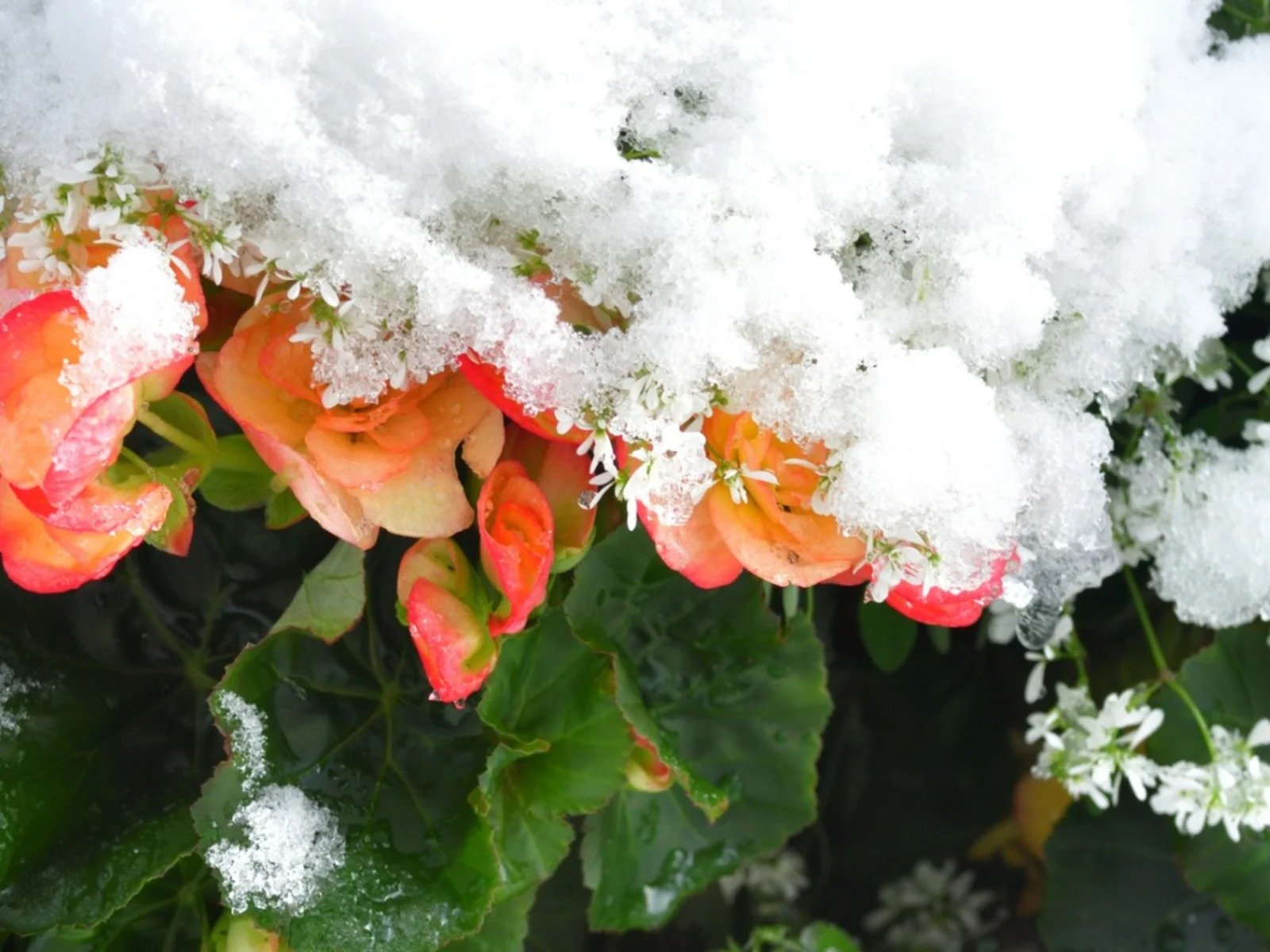
Table of Contents
Your garden is vibrant in the summertime, and the colourful flowers bring freshness to your garden and house. Begonias have such varied species; some Begonias are great houseplants, whereas other types grow excellently outdoors during the summer months, and some are hardy enough that they can remain outdoors throughout the year.
Are you sure that your garden is prepared for the winter arriving in the UK? The Begonias you spend all summer growing and nurturing need to be protected from frost; otherwise, they will not survive. As you know, Begonias are native to tropical and subtropical climates. Is overwintering Begonias possible? Of course, depending on the species of Begonias, you can plan and make proper changes to be ready for winter. To learn more about overwintering your Begonias, keep reading.
This article shows how your Begonias can endure the frosty winters of the UK. So, enjoy a cup of tea and a cosy blanket knowing your Begonias are safe.
The Begonia Flower
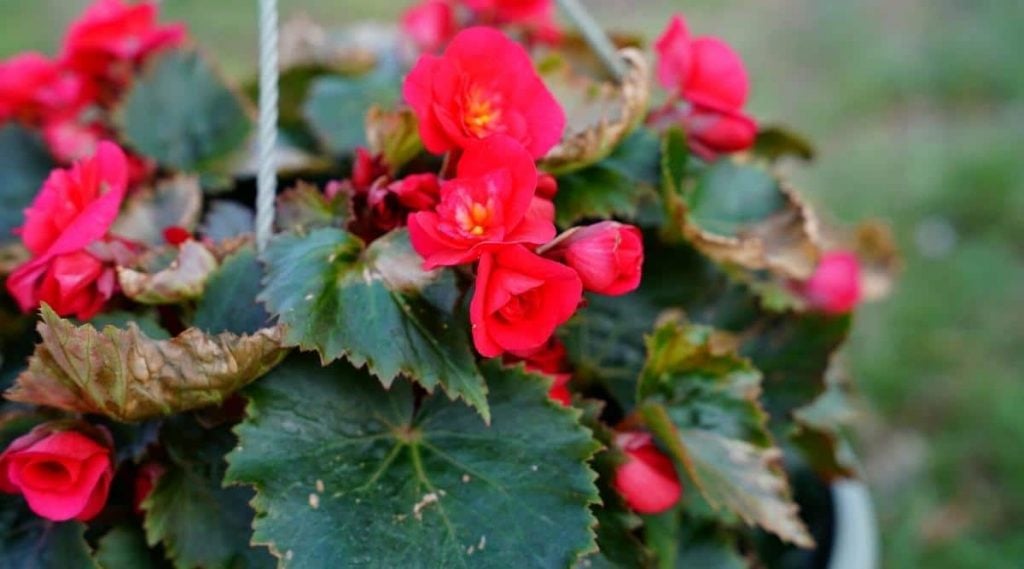
The Begonia is a perennial plant in the Begoniaceae family. There are more than 2,000 different plant species; to name a few Begonia grandis, Begonia coccinea, Begonia cucullata, Begonia foliosa, Begonia obliqua, etc. This flowering plant lives naturally in tropical and subtropical climates, such as in southern Asia, Africa, and South and Central America. Some of the flower species are grown indoors as houseplants in cooler climates, such as in the UK. Begonias are considered perennials in their native habitats; in Europe’s temperate and cooler climates, Begonias are called annuals unless you bring them indoors to overwinter or place them in a greenhouse.
- OfficialName – Begonia
- Native – Africa, South Asia, Central America, and South America
- Flowering – Summer
- PlantType – Perennial
- Hardiness – H1C-H3
- FlowerColour – Red, orange, yellow, pink and white
- Height – 0.1 – 0.5 m
- Spread – 0.1 – 0.5 m
- Sunlight – Sun or partial shade
Easy Steps to Plant Begonias

You can purchase some Begonia varieties as seeds. You can plant species like the Semperflorens Begonias directly into the ground, but it is better to propagate indoors in a covered tray or pot. After germination happens, the plants can be moved into larger pots, containers, or bedding trays. Once the Begonias outgrow the first container, you can move them into 13 cm-sized pots and then finally into a permanent home.
- Pick a medium-sized pot with drainage holes.
- Add some gravel, and then add the compost.
- Once the pot is filled halfway, place the Begonia with the concave side pointing up.
- Provide water when the compost’s top and the surface are dry.
- If you want, deadheading the plants should be done if the flowers droop.
Overwintering Begonias for Beginners

If you didn’t already know, overwintering is a way of making sure a plant weathers the winter season. This is done by shielding the plant from frost and supplying extra light during the winter months. Begonias bloom flowers in the summer, but they die during the cold. Hence why it is important that overwintering Begonias is done correctly. If you care properly for Begonia plants, which are treated as annuals in the UK, they become perennials and live for many years.
How to Start Overwintering
Begonias come in many different species, so how to overwinter will differ. Since Begonias are from the tropics, they do not tolerate cold weather. So as soon as the frost comes and the temperature drops below 0 °C, the plant will die. Fibrous and tuberous begonias can be overwintered in a cool and dry location such as a garden shed or your house.
Steps for Overwintering Begonias
For Tuberous Begonias
- Dig up the begonia plant before the frost comes.
- Any diseased tuber sections must be cut.
- The plant needs to dry for one week in a warm location.
- Carefully remove the foliage and wipe away any excess soil or compost.
- Place the tubers in individual bags inside a cardboard box.
- Check on the tubers regularly and remove any infected ones.
- The plants need to lay dormant in winter.
For Fibrous Begonias
- Re-pot the begonias and prune them if needed before storing them inside.
- Do not store them in draughty areas.
- Do not overwater the soil.
- Keep away from heat sources.
- Make sure plants get light exposure and moisture.
If your plants survive the winter, then they are ready to be re-planted in spring!
Steps for Re-Planting
- Bring out your overwintered Begonias during April.
- Put the tubers inside pots or rows in trays filled with fresh compost.
- Place the pots in a shady area of a ventilated room.
- Water the plant carefully and make sure the compact is well drained.
- Watch as the Begonias re-sprout in the springtime.
Should You Deadhead Begonias?
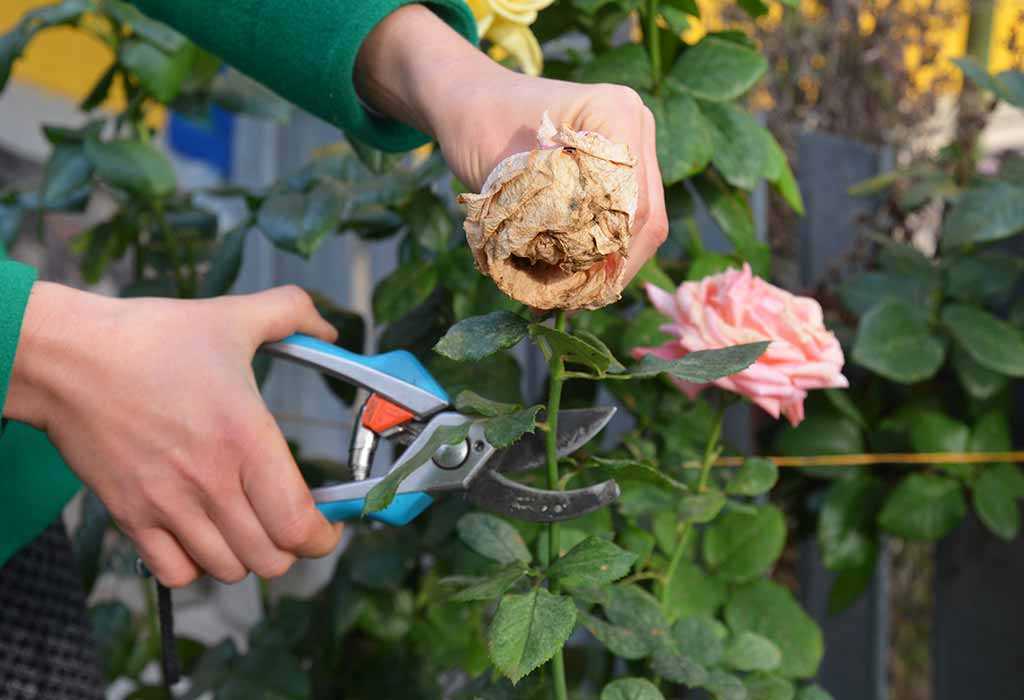
Deadheading is the process of removing any faded or dead flowers from the plants. It keeps the plants looking gorgeous and facilitates more flower blooming, whether in garden beds, borders, containers, pots, or hanging baskets. The Begonia flowers will begin to die near the end of September or when the first frost comes, which is why you should definitely deadhead at that moment. During the Begonia’s blooming period, should you see any dead or wilted flowers, start deadheading, and this will increase future flowering.
Deadheading Begonias Instructions
- Check your Begonias every few days, and look out for any flowers that are wilted, dead, or discoloured.
- When you see any flowers that must be deadheaded, get your gardening gloves and, if you want, a pair of scissors or secateurs.
- Catch the stem around 1.5 cm down from the Begonia flower, pinch the stem and break off the flower. Or you could cut the flower at that point with your scissors or secateurs. If a new bud is growing underneath the dying flower, cut above it.
- Get rid of these flowers; otherwise, these dying flowers encourage diseases.
- Look out for your begonias during the summer and keep deadheading whenever needed.
- You will see that you will be deadheading your begonias more often as summer goes on. This happens because every time you remove a flower, two more stems will start to grow and flower.
Common Problems to Watch out For in Begonias
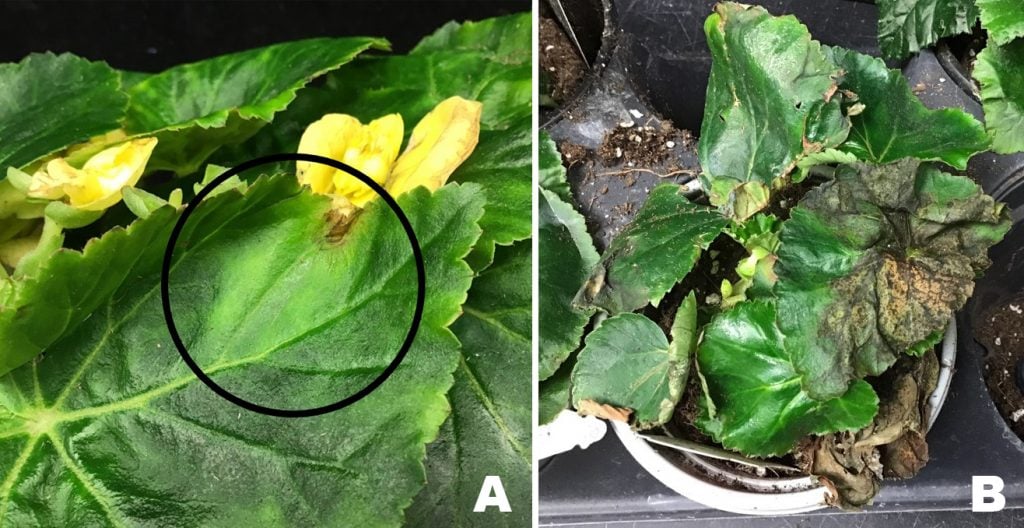
- Any dead flowers and foliage need to be removed so that rot and disease are avoided.
- Keep an eye out for mildew, fungal spots, and rot.
- If you suspect any tubers are infected, set them aside from the rest of the plants.
- You should not overwater the plants in winter.
- Watch out for aphids, mites, and caterpillars.
How to Divide Begonia Tubers
- In March or April, you can plant the Begonias. A temperature of around 18°C or 64°F will give better results.
- Take a large pot or tray and fill it with 7 – 10 cm of potting compost. The compost should be free-draining, moist, and gritty or sandy.
- Put the tubers with 1.2 cm gaps between them and about 2.5 cm deep.
- Once the plant grows, each tuber must be divided, and each section should have a single bud and root.
- Let the sliced tuber heal for a few hours.
- Each tuber section gets placed into individual pots filled with compost. The tuber’s top must be levelled with the compost’s top.
- The compost must be kept moist, but you must not overwater it; otherwise, the plant’s growth is affected.
Tools Needed for Begonias
There several gardening tools you will need if you are overwintering Begonias. First, you will need pots or containers, and you can pick from a wide variety.
- Plastic Flowerpot
- Hanging Planter
- 6 pc Hanging Planter Pot
- 2 pack Hanging Planters
- Self-Watering Plant Pots
Gardening tools will help in potting, overwintering, and re-potting your colourful begonias.
- Garden Shovel
- 7 pc Garden Tools Set
- 9 pc Heavy Duty Gardening Hand Tools
- Stainless Steel 11 Piece Heavy Duty Garden Tool Set with Tote Bag
Compost also plays an important role in the health of your Begonias.
- Miracle-Gro All-Purpose Enriched Compost
- Premium Multi-Purpose Compost
- Premium Peat Free Multi-Purpose Compost
Begonais seeds will help you get started on your garden.
- Begonia Tuberous – Non-Stop F1
- Begonia – Nonstop Red F1-10
- 100 Pieces Fragrance Begonia Bulbs Flower Seeds
Overwintering Begonias is Essential
In conclusion, begonias are the perfect flowers for any garden; they are native to the tropical and subtropical regions of the world. They can be planted in pots, containers, beds, and hanging pots. In the summertime, they bloom vibrant flowers, having sepals and not petals. There are over 1,900 species, so you will have so many choices to pick from to plant in your garden. Many Begonia species have even been given the Award of Garden Merit by the Royal Horticultural Society (RHS). So you can never go wrong with Begonias when planning your vibrant garden.
With overwintering Begonias in the UK, you can save your plants during the winter months while being able to re-pot them in the summer once again. This is a wonderful solution since these flowers are from tropical climates.
Write down your thoughts below in the comments about your experiences in gardening and overwintering Begonias in the UK.

